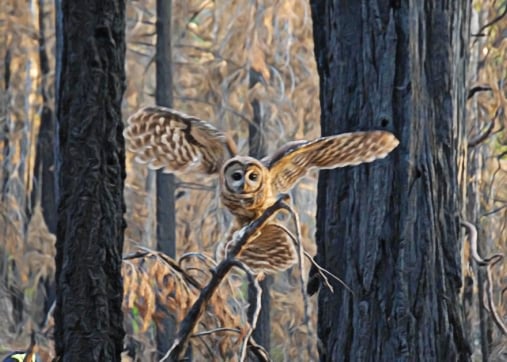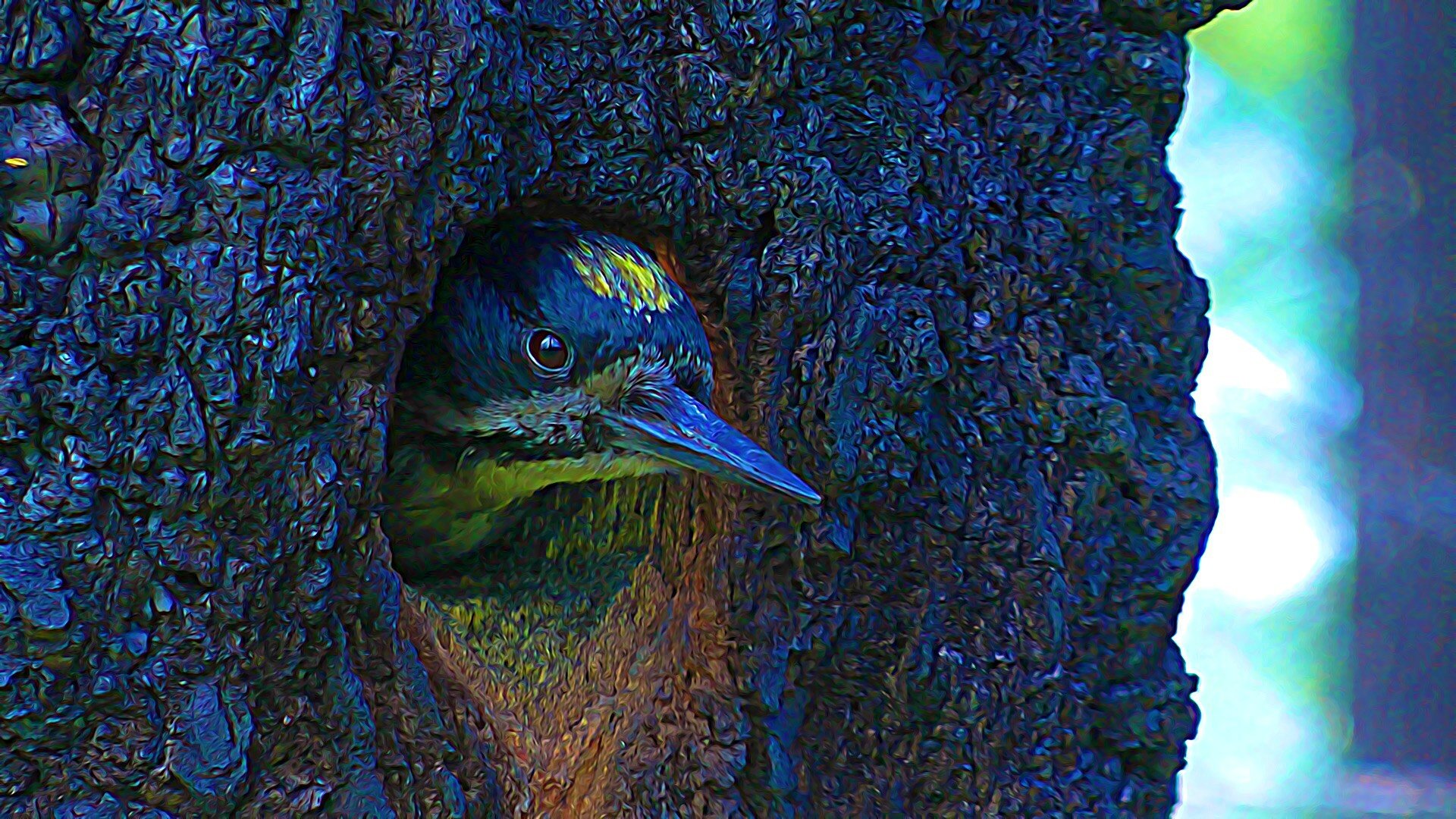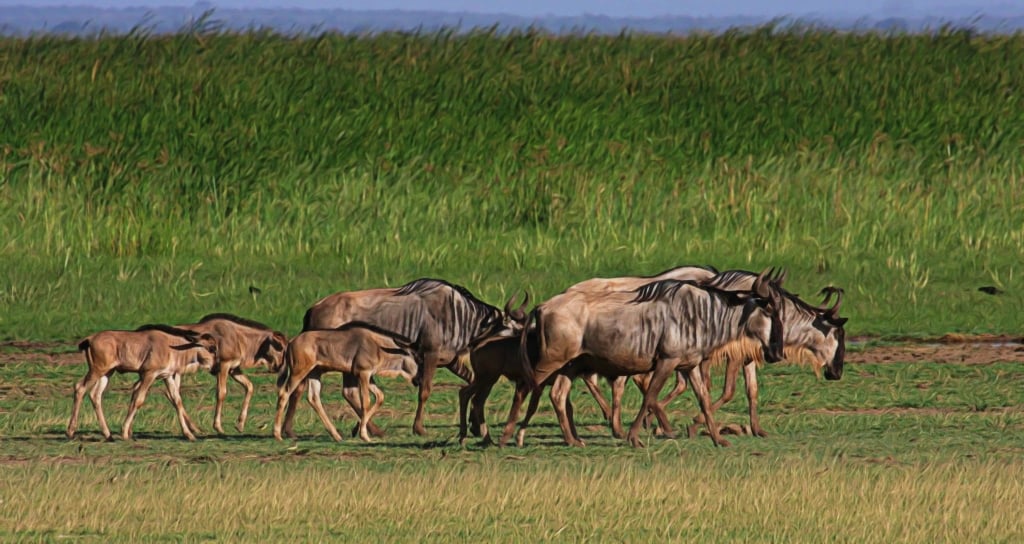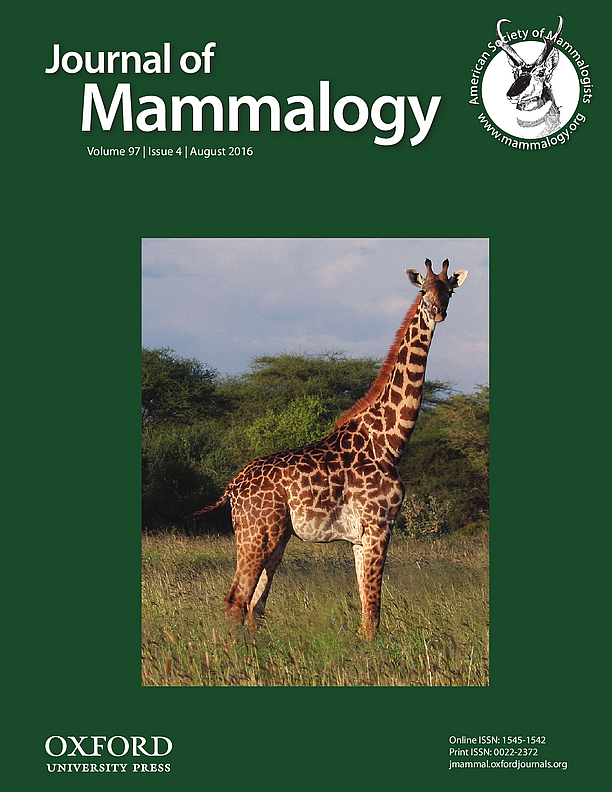Community-Based Wildlife Conservation in Tanzania Yields Ecological Success
Good news about the environment is rare these days, but in Tanzania there are signs that local wildlife conservation efforts can effectively protect the natural resources that provide the lion’s share of revenue for the economy. Eco-tourism is Tanzania’s largest economic sector and biggest dollar earner for this developing nation, but wildlife populations have suffered … Read more





